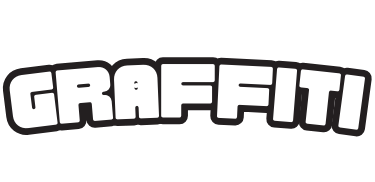Discover the diverse and captivating world of graffiti styles, from the classic Old School to the intricate and complex Wildstyle. In this article, we’ll delve into the various techniques and aesthetics that have defined the evolution of graffiti art.
Table of Contents
Introduction
Graffiti, once considered a mere act of vandalism, has evolved into a diverse and globally recognized art form. Central to this evolution are the various styles that have emerged over the years, each with its own unique aesthetics and techniques. From the bold simplicity of Old School to the mind-bending complexity of Wildstyle, these styles have shaped the way we perceive and appreciate graffiti as an art form. For more on the history and cultural impact of graffiti, check out our in-depth article: « The History of Graffiti: From Underground Roots to Mainstream Recognition« .
Key Takeaways
- Graffiti styles have evolved from simple tags to complex, highly stylized pieces.
- Old School graffiti, characterized by bold, legible letters, laid the foundation for future styles.
- Bubble letters and throw-ups introduced a more rounded, colorful aesthetic to graffiti.
- Wildstyle, with its interwoven, abstract lettering, pushed the boundaries of graffiti as an art form.
- Characters and figurative elements have become increasingly common in graffiti pieces.
- Graffiti styles have significantly influenced contemporary art and popular culture.
The Roots of Graffiti: Old School Style
Old School graffiti, which emerged in the late 1960s and early 1970s, is characterized by simple, legible letters and a focus on the writer’s name or tag. Pioneers like Taki 183 and Phase 2 helped establish this style, which often featured bold, blocky letters in a single color. Old School graffiti laid the foundation for future styles and remains an important part of graffiti history.
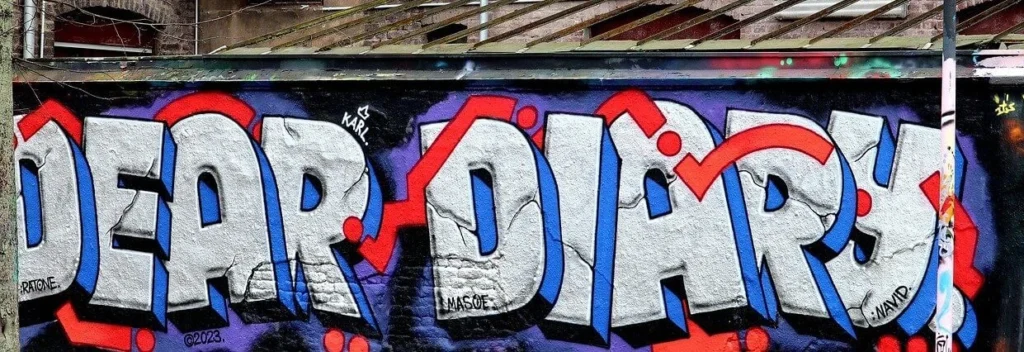
Example of Old School graffiti style featuring bold, legible letters
Bubble Letters and Throw-Ups
As graffiti evolved, writers began experimenting with new letter structures and color schemes. Bubble letters, which feature rounded, inflated shapes, and throw-ups, a more elaborate version of tagging with bubble-like letters filled in with color, became popular in the 1970s and 80s. These styles introduced a more playful, cartoon-like aesthetic to graffiti and allowed writers to create more visually striking pieces in a relatively short amount of time.
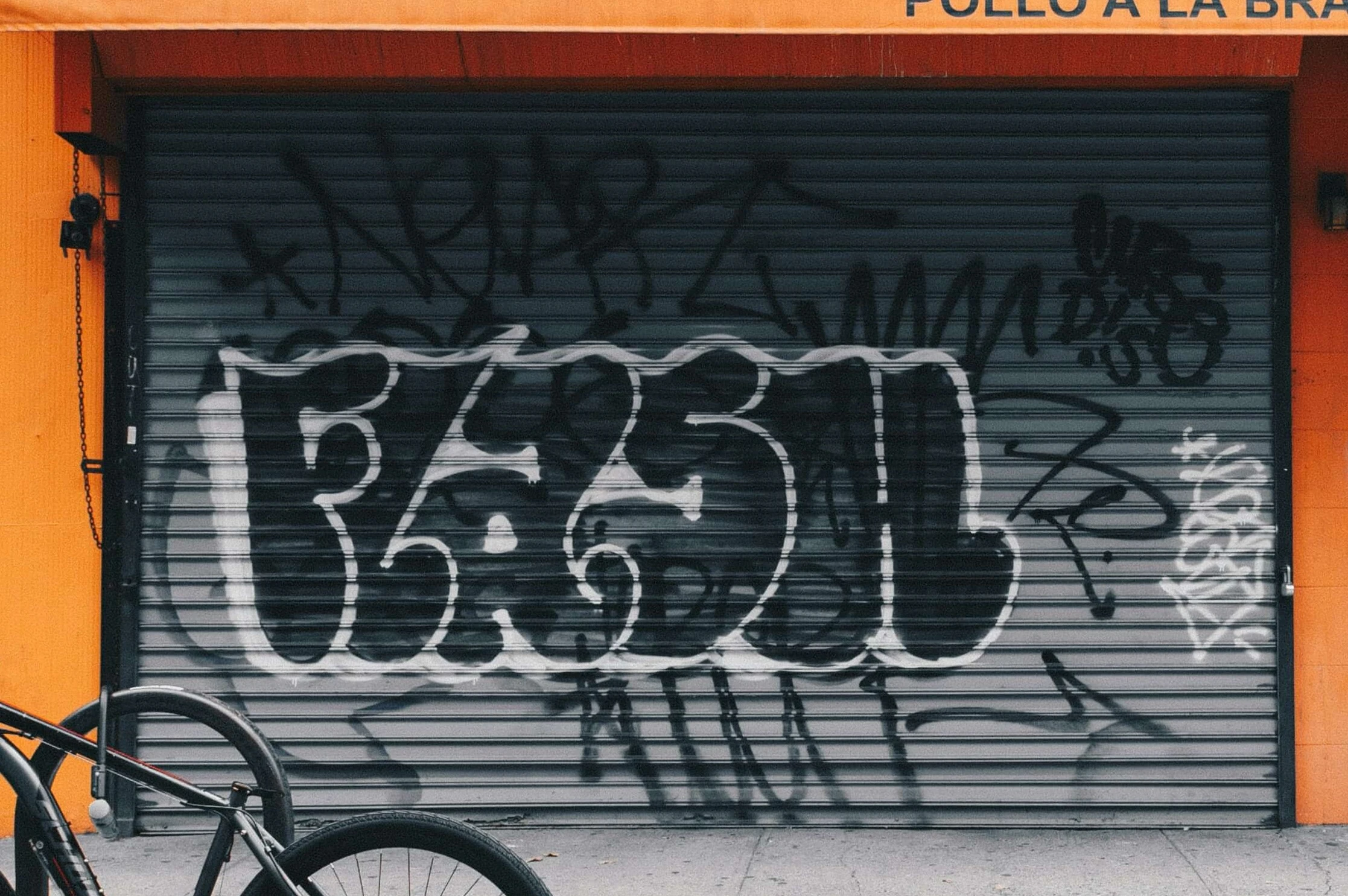
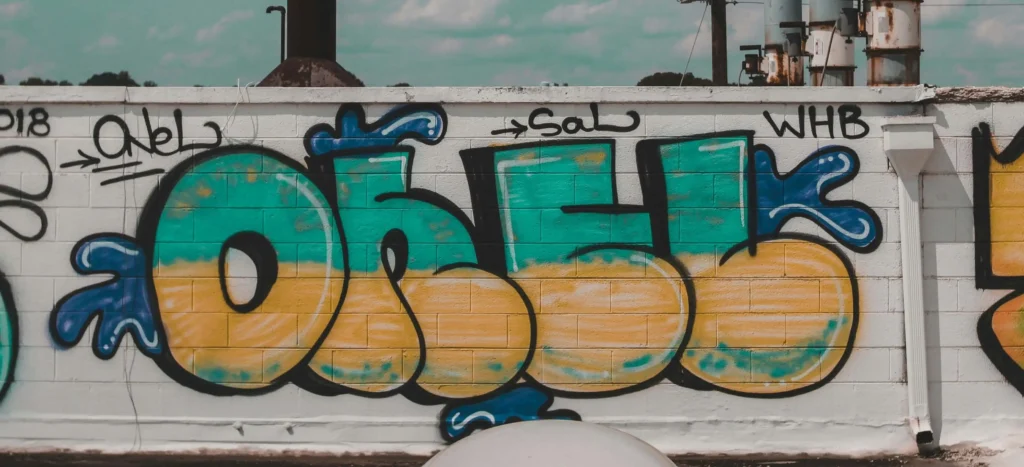
Examples of bubble letters and throw-up graffiti styles
The Rise of Wildstyle
Wildstyle, which emerged in the late 1970s and early 1980s, is a highly complex and stylized form of graffiti that features interwoven, often illegible letters and shapes. This style pushed the boundaries of graffiti as an art form, challenging viewers to decipher the intricate compositions and forcing writers to develop new levels of skill and creativity. Wildstyle pieces often incorporate arrows, spikes, and other design elements to create a sense of movement and depth.
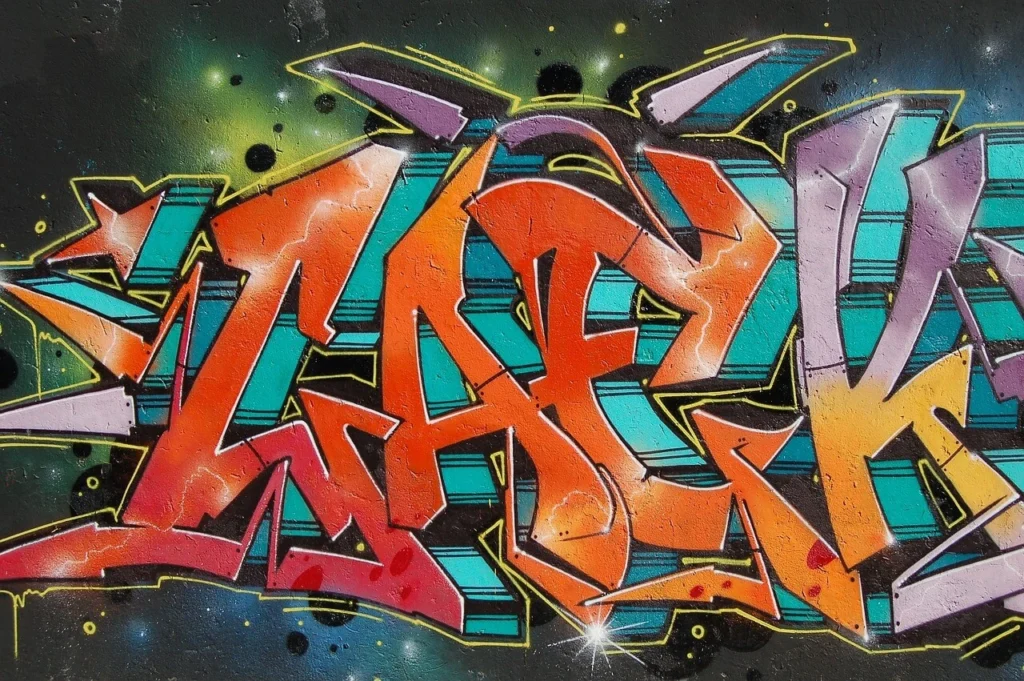
Example of complex Wildstyle graffiti
Characters and Figurative Elements in Graffiti
In addition to lettering, many graffiti writers incorporate characters, portraits, or abstract shapes into their pieces. These figurative elements can add narrative depth and visual interest to a piece, and allow artists to showcase their drawing and illustration skills. Some writers specialize in creating characters, which can range from cute and cartoony to dark and unsettling.
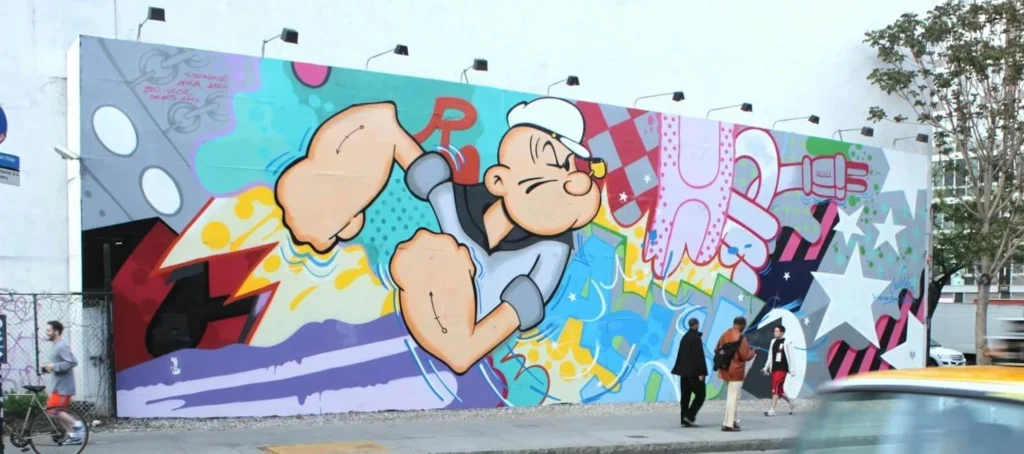
Examples of characters incorporated into graffiti pieces
Piecing It Together: Creating Graffiti Masterpieces
Graffiti masterpieces, or « pieces, » are large, complex works that showcase a writer’s skills and style. Pieces often incorporate multiple colors, 3D effects, and intricate details, and can take several hours or even days to complete. Many graffiti writers consider piecing to be the highest form of their art, and will spend countless hours perfecting their designs and techniques.
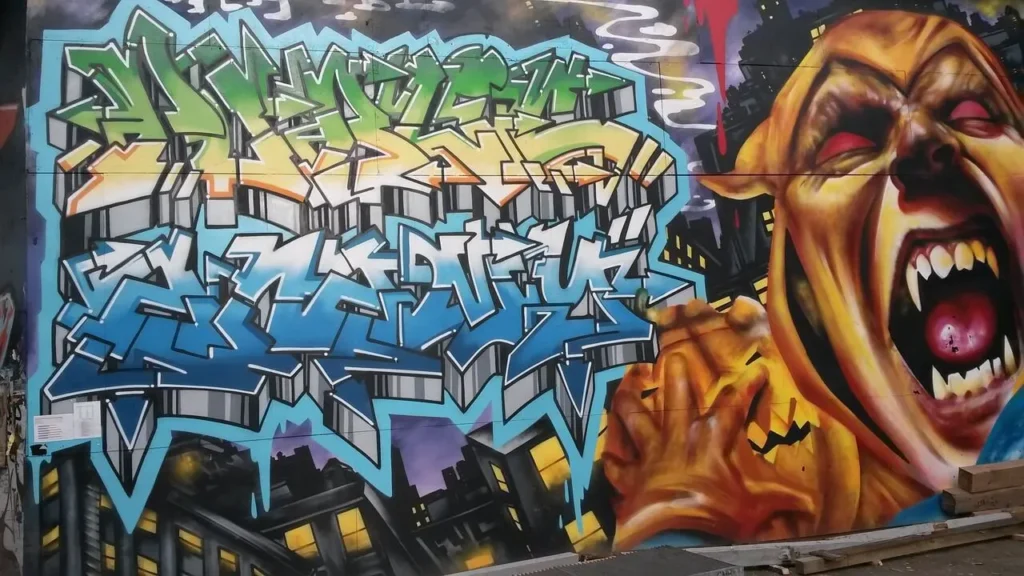
Example of a multi-color graffiti piece
The Influence of Graffiti Styles on Contemporary Art
The various styles of graffiti have had a significant impact on contemporary art and popular culture. Graffiti aesthetics and techniques have been incorporated into fine art, graphic design, fashion, and advertising, blurring the lines between « street art » and « high art. » Artists like Jean-Michel Basquiat, Keith Haring, and Banksy have brought graffiti-inspired art into galleries and museums, cementing its place in the art historical canon.
Frequently Asked Questions (FAQ)
1. What is the difference between a tag and a throw-up?
A tag is the simplest and most basic form of graffiti, consisting of the writer’s name or alias written in a stylized manner. A throw-up is a more elaborate version of a tag, featuring bubble-like letters filled with color and outlined in a contrasting shade.
2. How long does it take to create a graffiti piece?
The time it takes to create a graffiti piece can vary greatly depending on the size, complexity, and level of detail. A simple throw-up may take just a few minutes, while a large, intricate piece can take several hours or even days to complete.
3. Is it possible to learn graffiti without engaging in illegal activity?
Yes, it is possible to learn and practice graffiti techniques legally. Many cities have designated areas where graffiti is allowed, such as legal walls or graffiti parks. Aspiring artists can also practice their skills on canvas, paper, or other legal surfaces.
Conclusion
From the bold simplicity of Old School to the mind-bending complexity of Wildstyle, graffiti styles have evolved to encompass a wide range of techniques, aesthetics, and perspectives. By exploring these styles and their histories, we can gain a deeper appreciation for the skill, creativity, and innovation of graffiti writers, and better understand the role of graffiti in shaping contemporary art and culture. As the art form continues to evolve and adapt, we can expect to see new styles and approaches emerge, pushing the boundaries of what is possible with a spray can and a blank wall.
